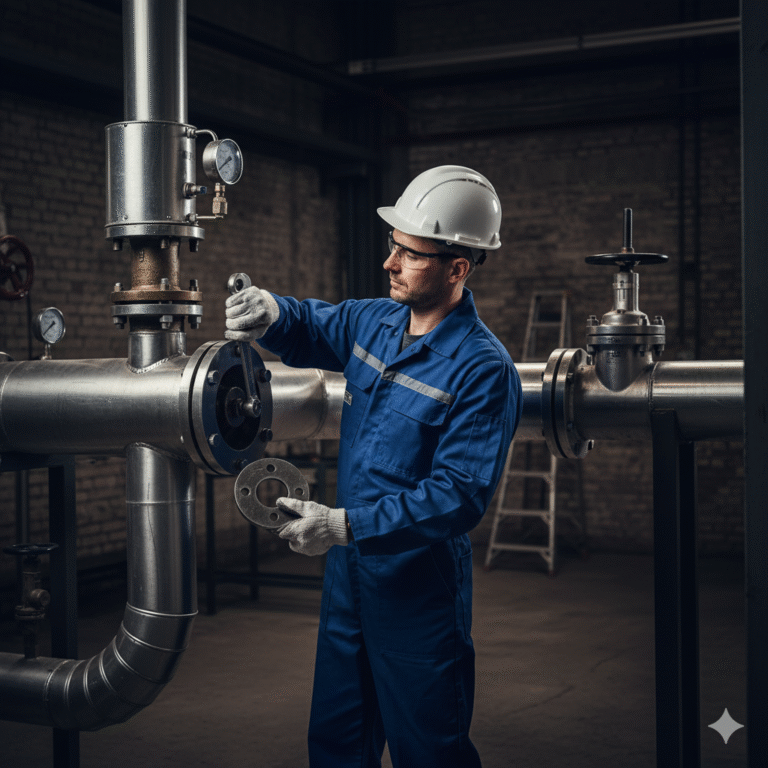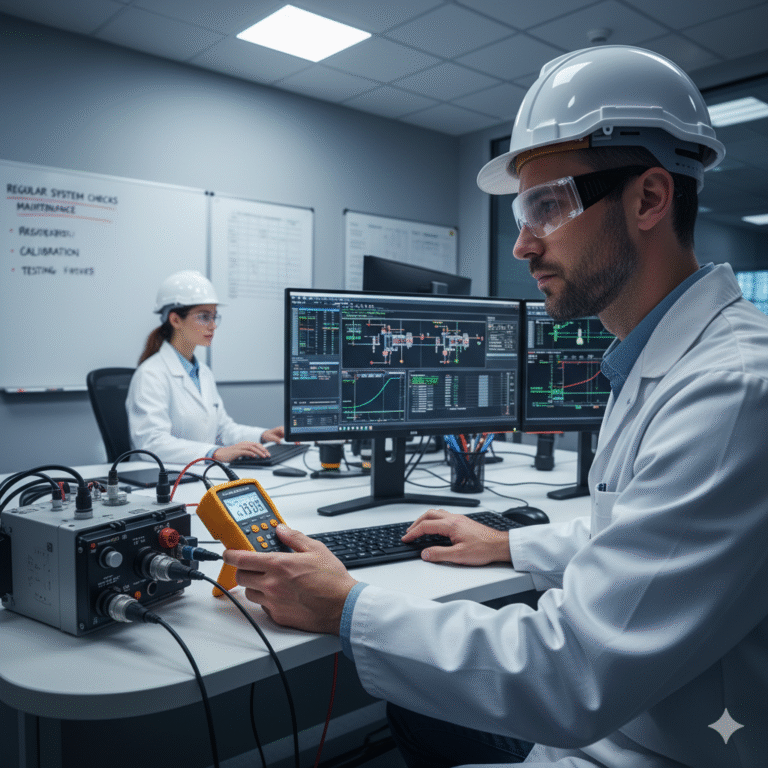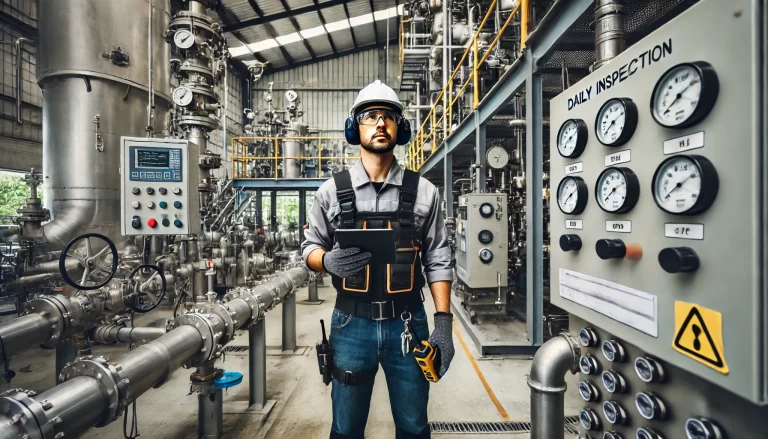In the selection and calibration of instruments, we often hear discussions like: “This pressure transmitter is 0.5 class, the accuracy should be fine” or “The measurement result is off by 0.2 kPa, the accuracy of this instrument is poor.” However, these statements confuse two crucial concepts: Accuracy and Accuracy Class. While they are related, they are not the same. Accuracy refers to how close the measured result is to the true value, whereas accuracy class defines the permissible error range as per the instrument’s design. Let’s break down these concepts, their calculations, and common misunderstandings.

Part 1: Definitions
1. Accuracy: “How close the measurement result is to the true value”
Accuracy refers to how close an instrument’s single or multiple measurements are to the true value. It indicates the reliability of the measurement and is a result-oriented indicator.
Core Definition: Accuracy is quantified by either absolute error or relative error. The smaller the error, the higher the accuracy.
Absolute error = Measured value – True value (positive or negative, depending on whether the measurement is higher or lower than the true value)
Relative error (commonly used) = (Absolute error / True value) × 100%
Factors that influence accuracy include:
Instrument manufacturing deviations (e.g., diaphragm sensitivity, circuit drift)
Environmental interference (e.g., temperature fluctuations causing zero drift, electromagnetic interference)
Operational errors (e.g., selecting the wrong measurement range, such as using a 0-100 kPa gauge to measure 5 kPa pressure, which magnifies relative error)
Calibration state (e.g., exceeding the calibration cycle can cause instrument errors to exceed the allowable range)
Example:
Suppose a pressure gauge is used to measure a pressure with a true value of 100 kPa, and it reads 101 kPa. The calculations would be:
Absolute error = 101 kPa – 100 kPa = +1 kPa
Relative error = (1 kPa / 100 kPa) × 100% = 1%
Thus, the accuracy of this measurement is 1%.

2. Accuracy Class: “The maximum permissible error for the instrument”
Accuracy class refers to the maximum permissible error range for an instrument, defined by national standards and specified by the manufacturer (e.g., 0.1, 0.2, 0.5, 1.0 class). It is a design-oriented indicator.
Core Definition: Accuracy class is expressed as reference error, which is the maximum permissible error as a percentage of the instrument’s full scale.
Maximum allowable error = Range × (Accuracy class / 100)
Example: A 0.5-class pressure transmitter with a range of 0-200 kPa will have a maximum allowable error of:
Maximum allowable error = 200 kPa × (0.5 / 100) = ±1 kPa.
This means the instrument’s error should remain between -1 kPa and +1 kPa during normal operation. If it exceeds this range, the instrument needs calibration or maintenance.
Key Properties:
Maximum permissible value: The error must stay within the defined range under normal operating conditions, otherwise, the instrument is deemed faulty.
Range dependency: Instruments with the same accuracy class but different ranges will have different absolute maximum allowable errors.
Factory specifications: These values are based on standard conditions (e.g., 20°C, standard atmospheric pressure) and do not necessarily reflect the errors during real-world use.

Part 2: Six Key Differences Between Accuracy and Accuracy Class
Many people mistakenly equate “Accuracy Class” with “Accuracy.” However, they serve completely different purposes. Here’s a comparison table to clarify the differences:
| Aspect | Accuracy | Accuracy Class |
|---|---|---|
| Definition | How close the measurement is to the true value. | The maximum allowable error defined by standards. |
| Measurement | A result-oriented indicator (absolute or relative error). | A design specification, usually represented as a percentage of full-scale. |
| Scope | Applies to actual measurements. | Applies to the instrument’s specifications. |
| Factors Influencing | Manufacturing tolerances, environment, operation, calibration. | Defined by standard test conditions. |
| Error Range | Can vary with every measurement. | Fixed by the accuracy class rating (e.g., 0.1, 0.2, 0.5). |
| Purpose | Measures how reliable a specific measurement is. | Ensures the instrument adheres to industry standards. |

Part 3: Common Misunderstandings
Misunderstanding 1: “A higher accuracy class always guarantees higher accuracy.”
For example, a chemical project using a 0.2-class pressure transmitter to measure 5 kPa (with a range of 0-100 kPa) might find that the accuracy is poor. The calculation shows that:
Maximum allowable error = 100 kPa × 0.2% = ±0.2 kPa
However, because the measurement is much smaller than the full scale (5 kPa is only 5% of the range), the relative error becomes inflated (0.2 kPa / 5 kPa = 4%). The accuracy becomes much lower than expected.
Correct Practice: When selecting instruments, consider both accuracy class and range compatibility. Aim to keep the typical measurement value between 30% and 80% of the instrument’s full scale to avoid small signal measurement errors.
Misunderstanding 2: “If accuracy meets the required standard, the accuracy class is qualified.”
For example, a calibration agency checks a 1.0-class pressure gauge with a 0-100 kPa range and finds the error at one point is +0.8 kPa (within the allowable ±1 kPa). However, multiple measurements show a fluctuation in error between 0.6 kPa (some measurements are higher and some are lower).
Correct Practice: In addition to considering accuracy class, assess the stability of accuracy (e.g., repeatability errors in calibration reports). Instruments that require continuous stable measurement (such as in reactors) should be verified for this stability.

Part 4: Summary and Selection Principles
Instrument Selection: Choose based on accuracy class, but also ensure range compatibility.
For example, if the process allows an error of ±0.5 kPa and the range is 0-100 kPa, select a 0.5-class or better instrument.
Calibration: Focus on actual accuracy and verify that measurement errors fall within the accuracy class limits.
Maintenance: Regular calibration (e.g., every 6 months) and environmental controls (e.g., heat dissipation for high-temperature applications, electromagnetic shielding) are essential for maintaining the instrument’s accuracy.
